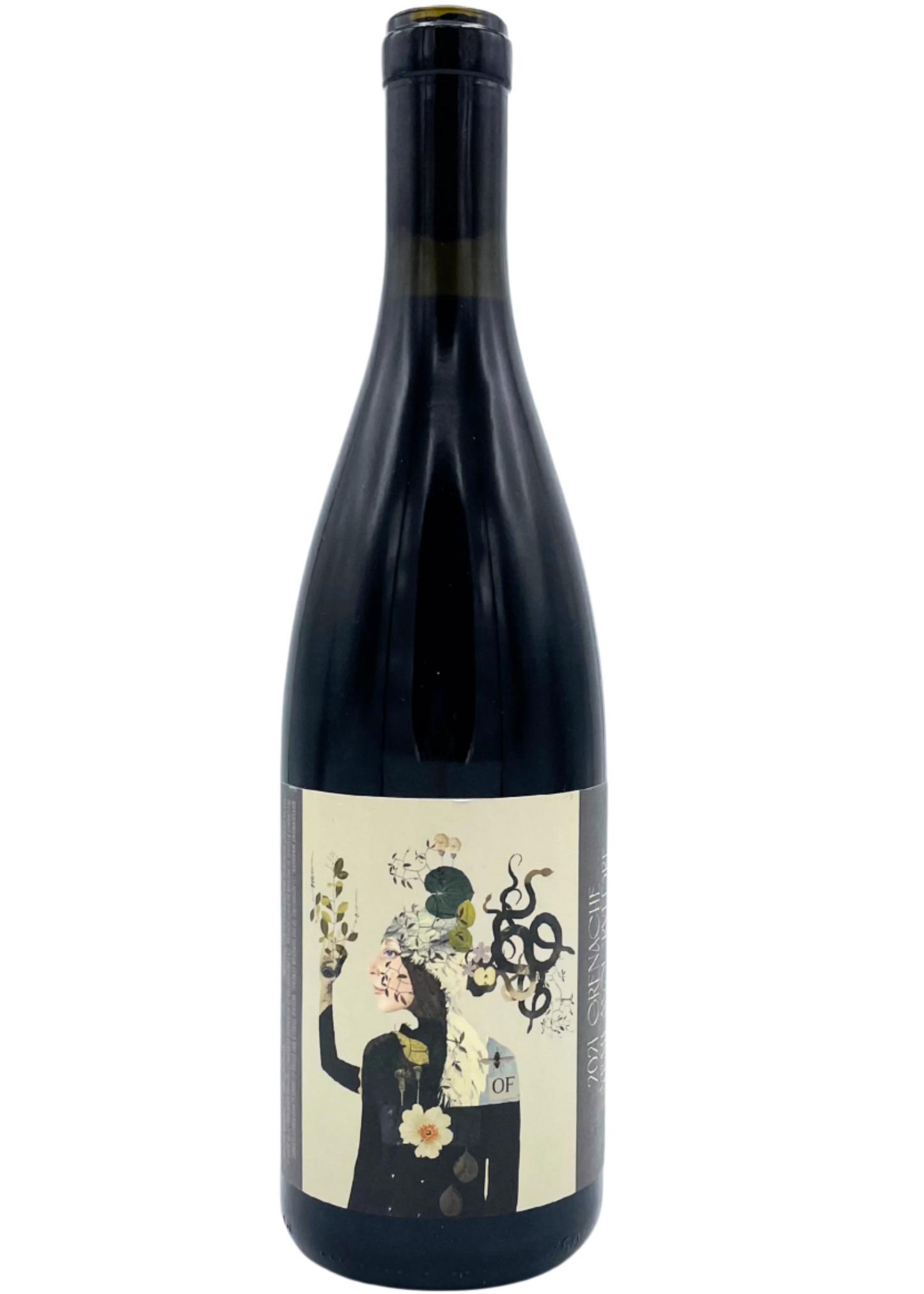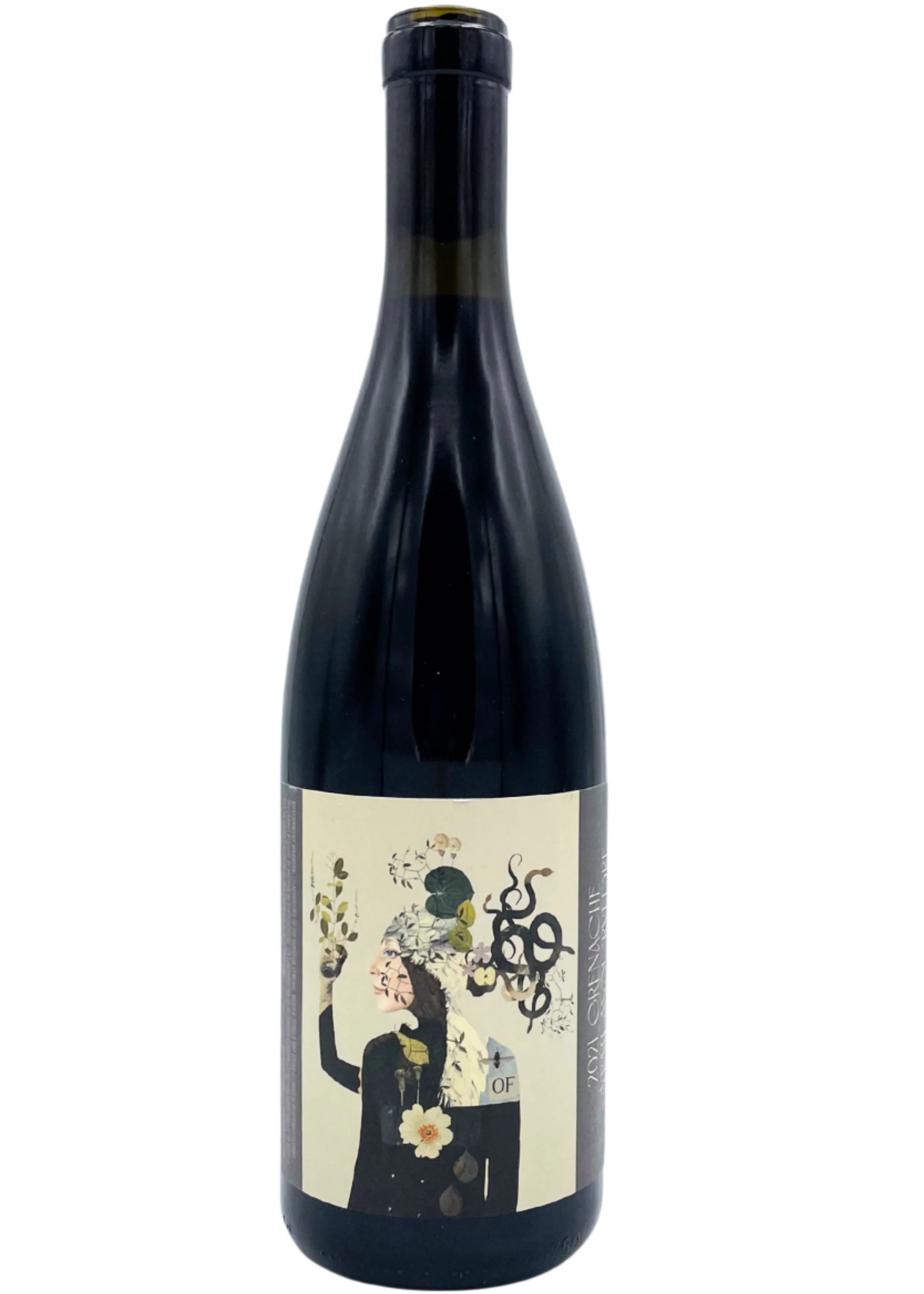Jolie-Laide North Coast GSM 2021
Jolie-Laide North Coast GSM 2021
Couldn't load pickup availability
Old-world vibes with bright red cherry, red plum and strawberry aromas. The palate benefits from structured tannins, balanced with acid and body. An interesting bottle to try for CDP lovers.
COUNTRY California, USA
VARIETY 43% Grenache Noir, 43% Syrah, 17% Mourvedre
NOTES 13%
STYLE Bright & Bold
WINEMAKER Jolie-Laide
ABOUT THE REGION
Located on the west coast of the United States, California is a prominent wine region known for its high quality wines. Stretching from the sunny valleys of Napa and Sonoma to the cooler coastal areas of Santa Barbara, California boasts a wide range of microclimates that allow for the cultivation of various grape varieties. The state is celebrated for its bold Cabernet Sauvignon, refreshing Chardonnay, and vibrant Pinot Noir, among others.
Share

Organic, Biodynamic and Natural wine. What’s the difference?
To understand this concept and its various ramifications, it is necessary to keep something clear in mind: before the 20th century and the spreading of affordable synthetic fertilisers, all farming was organic. When the shift to the use of synthetics and pesticides happened, it became necessary to diversify traditional organic farming from the new modern farming.
ORGANIC WINE
Simply put, organic farming forbids the use of synthetic fertilisers, synthetic pesticides, herbicides, or genetically modified organisms. The basic requirements are generally specific and engage the farmers not to use any chemical fertilisers and other synthetic products in the vineyard. It does not prevent the vintner from using the conventional winemaking process after harvesting.
BIODYNAMIC WINE
Let’s take organic farming one step further: Biodynamic. The creator of this agricultural system is the Austrian philosopher Rudolf Steiner, who developed the principles of biodynamics in a series of lectures given in 1924 in Germany. Here lies the foundation of true organic wines, with a strict limit in the use of additives, stringent requirements and at the end obtaining a biodynamic certification.
NATURAL WINE
The previous definitions are usually, and rightfully, associated with it, because most natural wine is also organic and/or biodynamic. But not vice versa!
Natural wine is wine in its purest form, simply described as nothing added, nothing taken away, just grapes fermented. No manipulation whatsoever, minimal intervention both in the vineyards and in the winery. Healthy grapes, natural yeast and natural fermentation, with no filtration nor fining. Sounds easy, right? However, making natural wine is unforgiving and it requires a bigger amount of work than conventional wine. To this day, natural wine has no certification yet.

